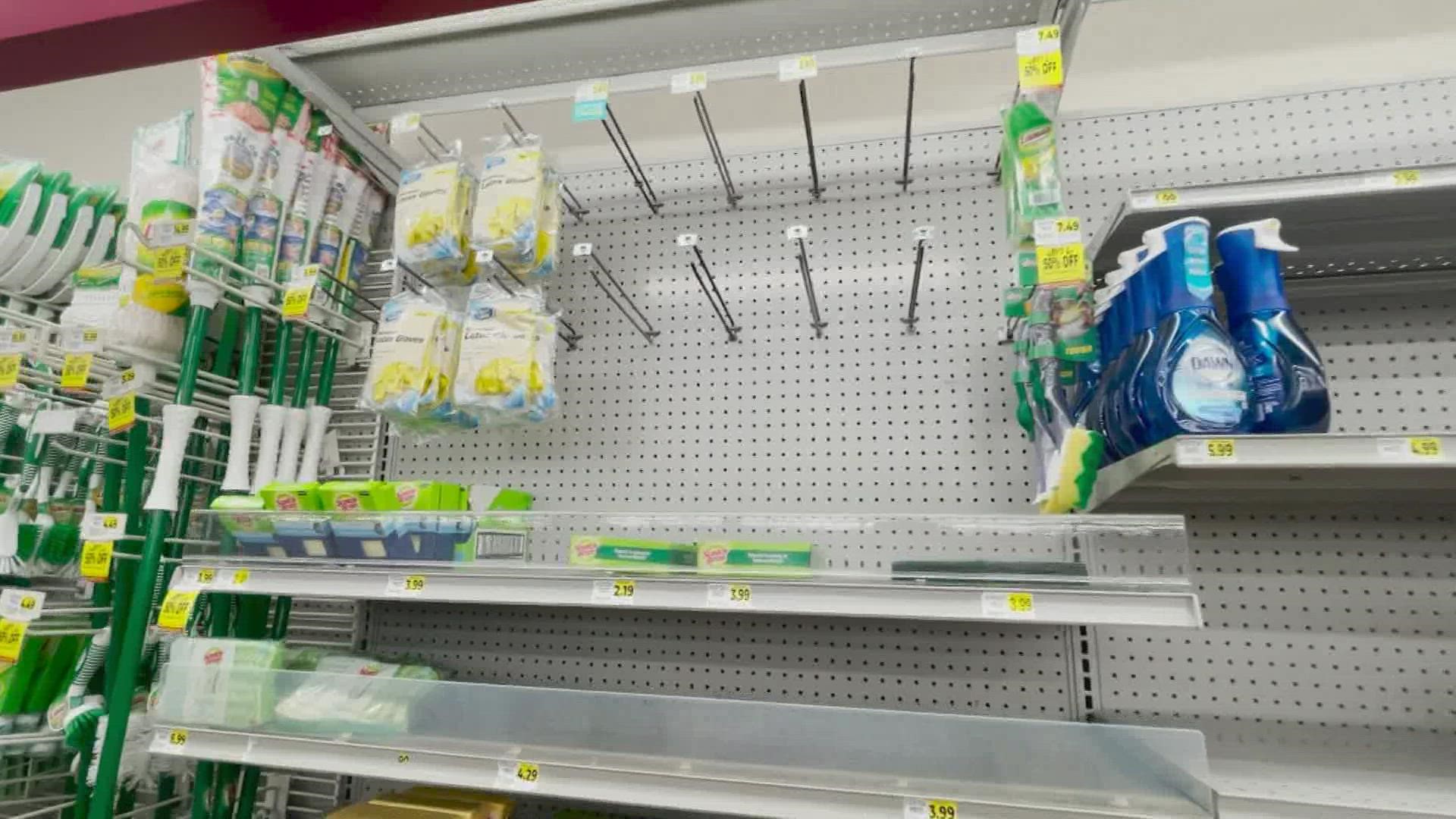SEATTLE — The price of shipping a container from Asia to the U.S. has increased significantly. The Northwest Seaport Alliance says that a container shipped to Seattle that cost $2,000 in 2019 can cost as much as $20,000 now.
The value of the goods being shipped inside that container can also influence the charge, along with the volume discounts that big shippers can receive, which could be as low as five times the cost of two years ago.
The cost is just one factor in how backed up ports on the West Coast are, including Seattle and Tacoma, which together handle cargo as the Northwest Seaport Alliance.
On Wednesday, the ports themselves, trucking companies, labor, railroads and other links in what’s called the supply chain, met with two members of the Federal Maritime Commission which regulates internet ocean transportation.
“So, when you add the cost of shipping onto the cost of the goods, you’re going to have an inflation factor,” said Commissioner Louis Sola.
It’s not just the cost of shipping. It’s weeks, if not months, of delays in getting goods to the U.S. and on their way to cities inland.
“What we’re seeing primarily is a lot of manufacturing slowdowns,” said fellow Commissioner Carl Bentzel. “So, if you’re not getting the widgets that you need to go into your automobile, if you can’t get tires onto the automobile, you have to slow down production.”
Much has been made of the shortage of computer chips made in Asia that go into cars assembled in the U.S. The shortage of new cars on dealer lots drives up the price, and that also drives up the price of used cars, again. These facts are cited as factors in the new October inflation numbers.
Over the months, different links in the supply chain have been drivers in the slowdown at the ports. A few months ago, it was a lack of trains. Now, it’s a shortage of chassis, the steel frame and truck wheel trailers that are snapped onto containers allowing them to be put onto the open road to their final destination or shuttling containers between docks and railyards.
To free up chassis, many empty containers are being stacked in whatever free space can be found, including Port of Seattle's Terminal 46. Until a few months ago, Terminal 46 was sitting empty in preparation for being turned into a place to handle cruise ships.
Now, empty containers are stacked high throughout the structure, along with parts of Terminal 5 in West Seattle.
But the problem doesn't stop in Seattle either. “In Tacoma, we have a similar facility,” said NW Seaport Alliance CEO John Wolfe.

